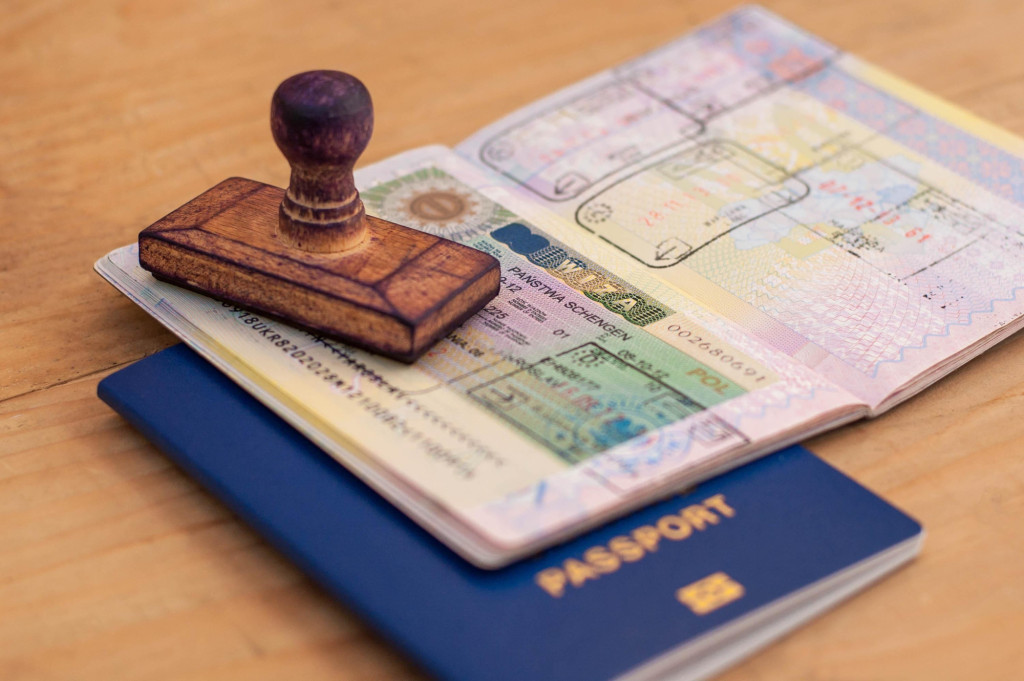Showing off how many stamps you had on your passport or even being on your second passport used to be a flex. But those days may be numbered. Around the world, governments are phasing out traditional passport stamps in favor of digital entry systems that promise better security, faster processing, and standardized data collection.
“Passport stamps really came into their own in the 1950s and ’60s, when air travel became more accessible for everyday people,” explained Katy Nastro, a spokesperson and travel expert at Going, to The Huffpost. In the decades that followed, stamps evolved with new inks, distinctive symbols, and eventually machine-readable text to guard against fraud.
But as technology has become central to how we travel, think mobile boarding passes, Global Entry, TSA PreCheck, and CLEAR, stamps are becoming a relic of another era.
Many countries are now adopting e-gates, which use biometrics to streamline border crossings. “You approach the gate, it scans your biometrics, your passport, and takes a photo of you,” Nastro said. “They cross-reference both of those, and then the gate opens and you’re allowed to go through—with no stamp necessary.”
This system is already in place in the United Kingdom, and the TSA recently announced a partnership with CLEAR to roll out similar technology in the U.S. Other early adopters include Australia (which began transitioning in 2012), Hong Kong, Singapore, and Argentina.
Digital records allow border authorities to more accurately track entries and exits while reducing the risk of forged documents. For travelers, the process often means shorter lines and smoother airport experiences.
So, if you’re still chasing stamps for your collection, you may want to cherish the ones you have—because your next trip abroad may leave no ink behind.
Photo Credit: DepositPhotos.com




